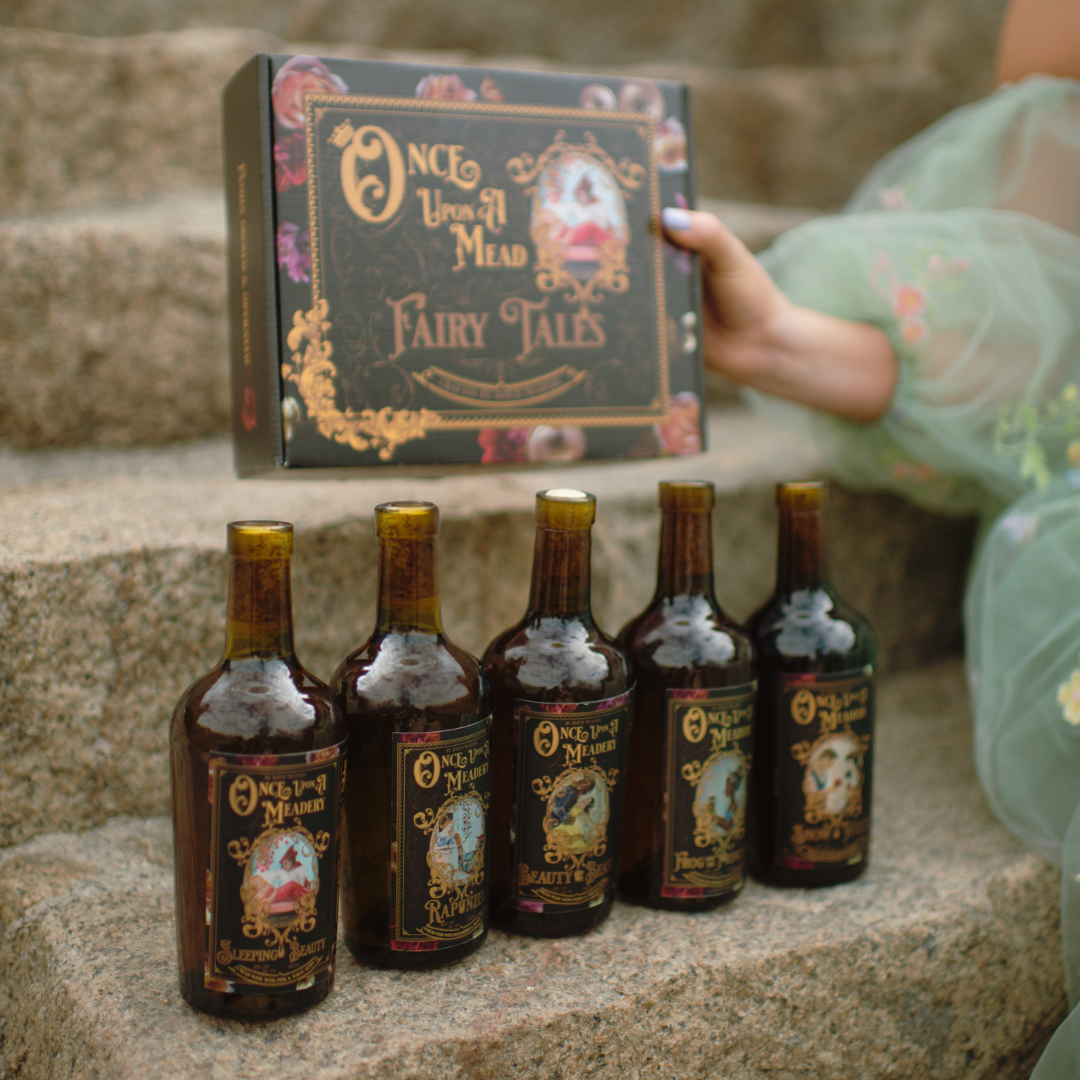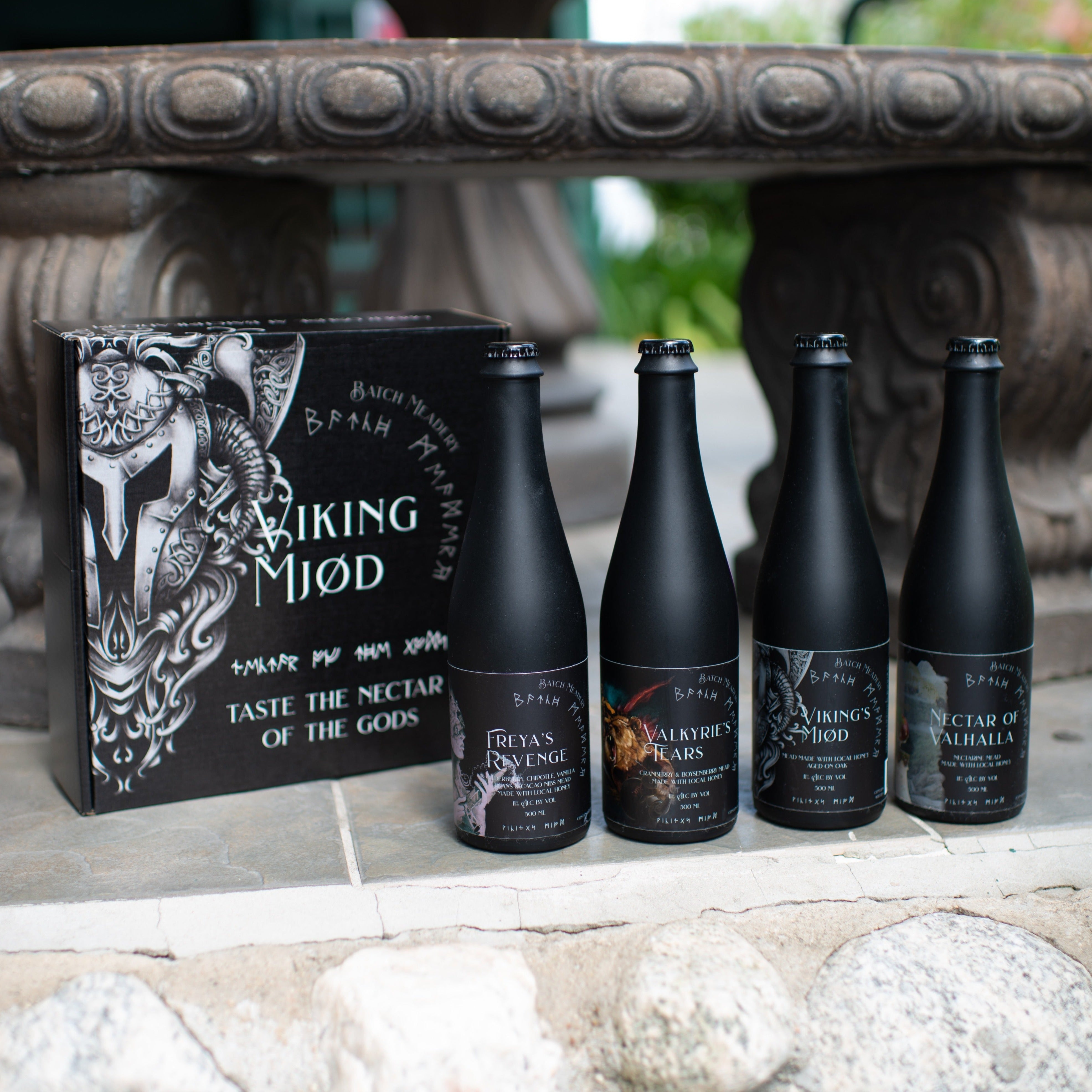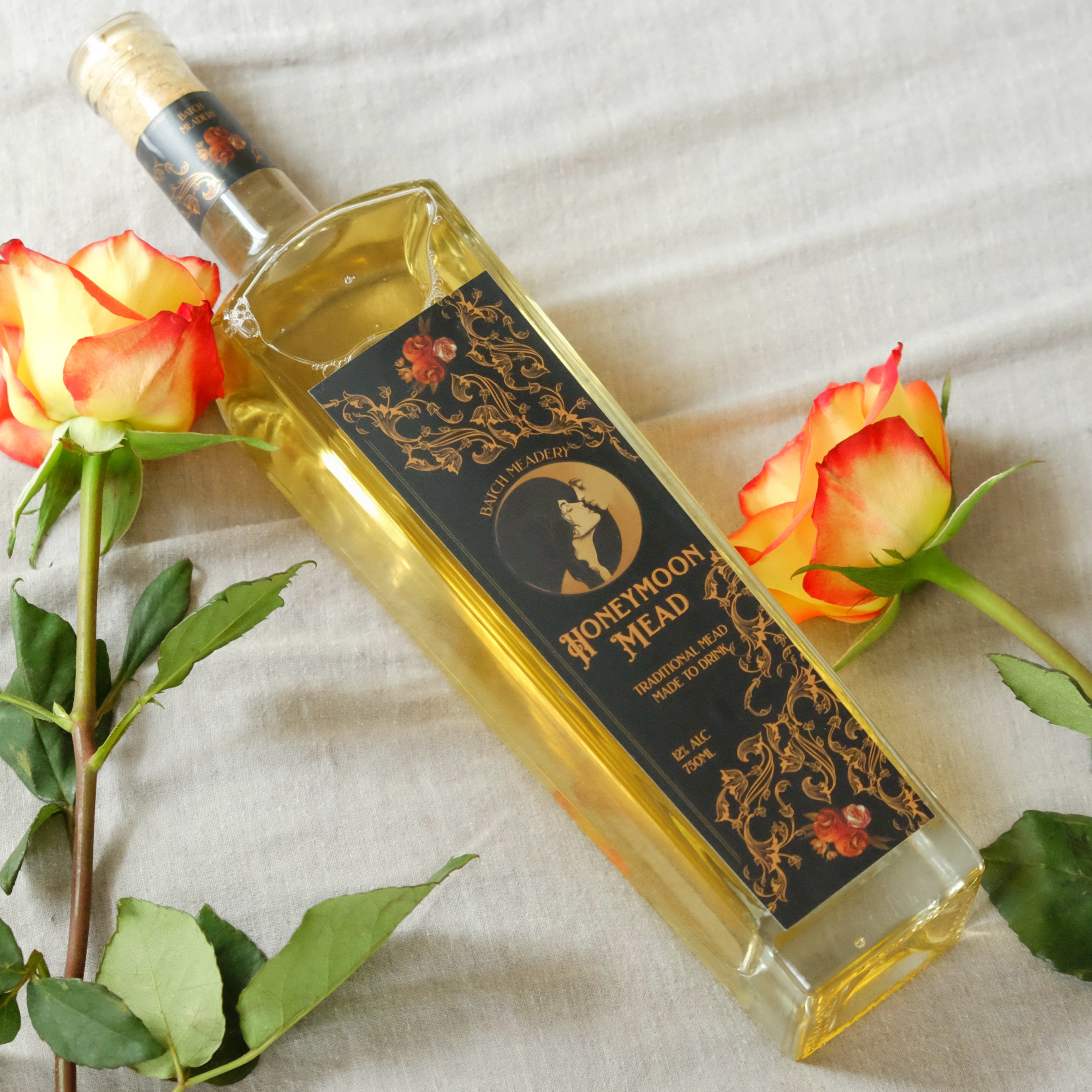Mead, often hailed as the ancestor of all fermented beverages, is a testament to humanity's long-standing relationship with alcohol. This ancient drink, commonly referred to as "honey wine," is crafted from the simple yet sublime fermentation of honey mixed with water, and it can be enriched with a variety of additional ingredients such as fruits, spices, grains, or hops to create a spectrum of flavors. It's a beverage that whispers tales of our ancestors' ingenuity and their penchant for the sweet allure of honey. The process, relying on the natural yeast present in the environment to convert sugars into alcohol, might have been discovered by happy accident, but it has given rise to a drink enjoyed across different cultures and epochs. As we delve into the rich history and craftsmanship behind mead, we uncover not just a drink, but a storied elixir that has quenched the thirst of civilizations throughout the ages.
The Discovery of Mead
Mead, often celebrated as one of the oldest alcoholic beverages known to humanity, has a history that is as rich and varied as its taste. The discovery of mead is shrouded in a blend of historical fact and enchanting legend, suggesting that its creation was as much an accident as it was inevitable, given the simple ingredients and natural processes involved.
Findings from archaeological excavations involving ancient pottery have revealed that mead has been savored for approximately 8,000 to 9,000 years, potentially tracing its inception back to as early as 20,000 B.C. Given its simple composition, it's conceivable that ancient societies indulged in the rich flavors of mead.
Ancient civilizations, including the Greeks, revered mead for more than its intoxicating effects. They imbued it with mystical qualities, considering it not just the drink of choice for mortals but also a beverage worthy of the gods themselves. Bees, responsible for the creation of honey, were seen as divine messengers, further linking mead to the celestial and sacred
The production and consumption of mead have been documented across various cultures and epochs. In Europe, for instance, evidence of mead has been traced back to the Bell Beaker Culture, around 2800–1800 BCE, marking it as a significant part of cultural rituals and daily life. These findings suggest that the tradition of mead-making and consumption was widespread, highlighting its importance in ancient societies.
Further adding to mead's illustrious history, archaeological discoveries in China have unearthed pottery vessels dating from 7000 B.C.E. that contain residues consistent with the fermentation of a honey-based alcoholic beverage. This predates the known production of both wine and beer, suggesting that mead could indeed be the ancestor of all fermented drinks.
Interestingly, it is believed by some scholars that the discovery of mead was accidental. Honey, when combined with water during rainfall and left to ferment through the action of naturally occurring wild yeasts, inadvertently yielded a consumable beverage.
The Fermentation Process
Fermentation is essentially nature's own culinary wizardry, a process steeped in both tradition and science, particularly when it comes to the ancient craft of mead-making. This begins when microorganisms, such as yeast, spring into action on sugars found in honey—the primary ingredient in mead—in the absence of oxygen. Imagine these microscopic workers as diligent artisans, transforming the sweet nectar of honey into a beverage that's both intoxicating and complex. In mead, these tiny fermenters convert sugars into alcohol and carbon dioxide, creating a drink that's been celebrated for centuries for its delightful buzz and effervescence.
This transformation does more than just produce an alcoholic beverage; it enhances the mead's shelf life and safety, enriches it with a depth of flavor, and can even imbue it with beneficial nutrients. Fermentation in mead-making showcases the delicate balance between art and science, turning simple honey and water into a sophisticated and nuanced drink.
While the process might seem intricate, it's grounded in the fundamental biological principle of anaerobic respiration, a testament to the ingenuity of nature and human innovation in brewing. The crafting of mead bridges the gap between the ancient world and modern culinary practices, offering a taste of the microbial magic that has flavored our celebrations and gatherings for millennia.
What Are the Different Kinds of Mead?
The world of mead is as diverse as it is historic. This diversity is reflected in the various classifications of mead, which are based not only on ingredients but also on their cultural origins and production methods. From the traditional to the innovative, these classifications help enthusiasts navigate the expansive landscape of mead varieties.
One primary way meads are classified is by their additional ingredients, leading to distinct categories such as Melomel, Cyser, Pyment, and Acerglyn. Melomels are fruit meads, further divided into subcategories like Cyser (made with apples) and Pyment (made with grapes), showcasing the versatility of fruit in enhancing the base honey flavor. Acerglyn stands out for its use of maple syrup, offering a unique twist on the sweetness profile. Adding to this rich tapestry is Tej, a traditional Ethiopian mead that is often flavored with gesho leaves, giving it a distinctive taste that sets it apart from other meads. These classifications not only indicate the main flavor profiles but also guide consumers in aligning their preferences with the vast offerings available. Additionally, cultural and regional names like Med (Slavic), Midus (Baltic), Nectar (Greek), and the aforementioned Tej highlight the global heritage of mead, emphasizing its historical significance across different civilizations.
Moreover, meads are often categorized by their strength or sweetness levels, such as hydromel (light mead), standard, and sack mead (very sweet and strong), providing insight into the beverage's body and alcohol content. This categorization helps in setting expectations regarding taste and potency, facilitating a more informed choice for consumers. The classification process, while complex, enriches the mead experience, allowing both newcomers and aficionados to explore the nuanced world of mead with a better understanding of its varieties and traditions.
Mead Today
Today, mead is appreciated not only for its rich heritage but also for the vast array of flavors, styles, and traditions it embodies.
The contemporary mead movement is marked by a vibrant community of mead makers and enthusiasts who are both preserving ancient techniques and pushing the boundaries of innovation. The proliferation of meaderies and the availability of mead in various establishments have significantly contributed to its accessibility and popularity. Meaderies often engage in experimental brewing, incorporating local and exotic ingredients, which results in a broad spectrum of mead varieties, from traditional styles to novel concoctions.
This renewed fascination with mead can be partly attributed to its increased visibility in popular culture. Movies and TV shows have played a significant role in introducing mead to a wider audience, often portrayed as the drink of choice in medieval-themed entertainment or fantasy settings. This depiction has sparked curiosity and led many to explore mead further, discovering its rich variety and complex flavor profiles.
The appeal of mead today is multifaceted. It taps into the growing trend towards artisanal and craft products, where consumers are increasingly seeking unique, high-quality beverages with a story behind them. Moreover, mead's inherent connection to history and mythology adds an element of intrigue, enriching the drinking experience with cultural and historical depth.
In essence, mead's resurgence is reflective of a broader shift in consumer preferences towards beverages that offer more than just taste. The modern mead movement is about rediscovering and reinventing an ancient tradition, making it accessible and relevant to today's society. With its appearance in popular media and the emergence of dedicated meaderies like Batch Mead, mead is firmly establishing itself as a beloved staple in the landscape of contemporary craft beverages.

Once Upon a Mead - Fairytale Mead Set

Viking Mead Series - 4 Bottle Set

Song of the Sea - Mermaid Mead Set with Box
About Us
MEAD (HONEY WINE) IS A PASSION FOR US
We started Batch Mead in 2019 to leave our Silicon Valley tech careers and pursue our real passion, MEAD!
We love locally sourced honey, apples and other ingredients. We focus on small batches to keep taps rotating and deliver delicious meads and hard ciders.
We believe mead is an experience, and our tasting room reflects all the notes of that ideal experience.
We recently won Best in Show from the San Diego International Beer Festival (2020, 2021 & 2022)! As well as several other wine, beer & mead awards!


